Maths teaching has not changed much in the past three centuries. The standard instruction format calls for the teacher to introduce new concepts, give a few examples, and demonstrate the new skills. After that, it's up to students to practise, by completing worksheets in class, and by doing homework.
Over all that time, new teaching initiatives emerged. For instance, New Math was a short-lived instruction method that never made the desired impact, like other failed maths initiatives. However, Singapore Maths, with its three phases, promises a revolution in maths education. Here, we discuss its three-pronged approach.
What Is the CPA Approach in Maths?
- Concrete: handling physical objects to create interaction with shapes and concepts
- Pictorial: giving problems visual representation, to find solutions
- Abstract: converting learned concepts to maths ability
- Using CPA to help students master maths

Defining Concrete Pictorial Abstract Maths
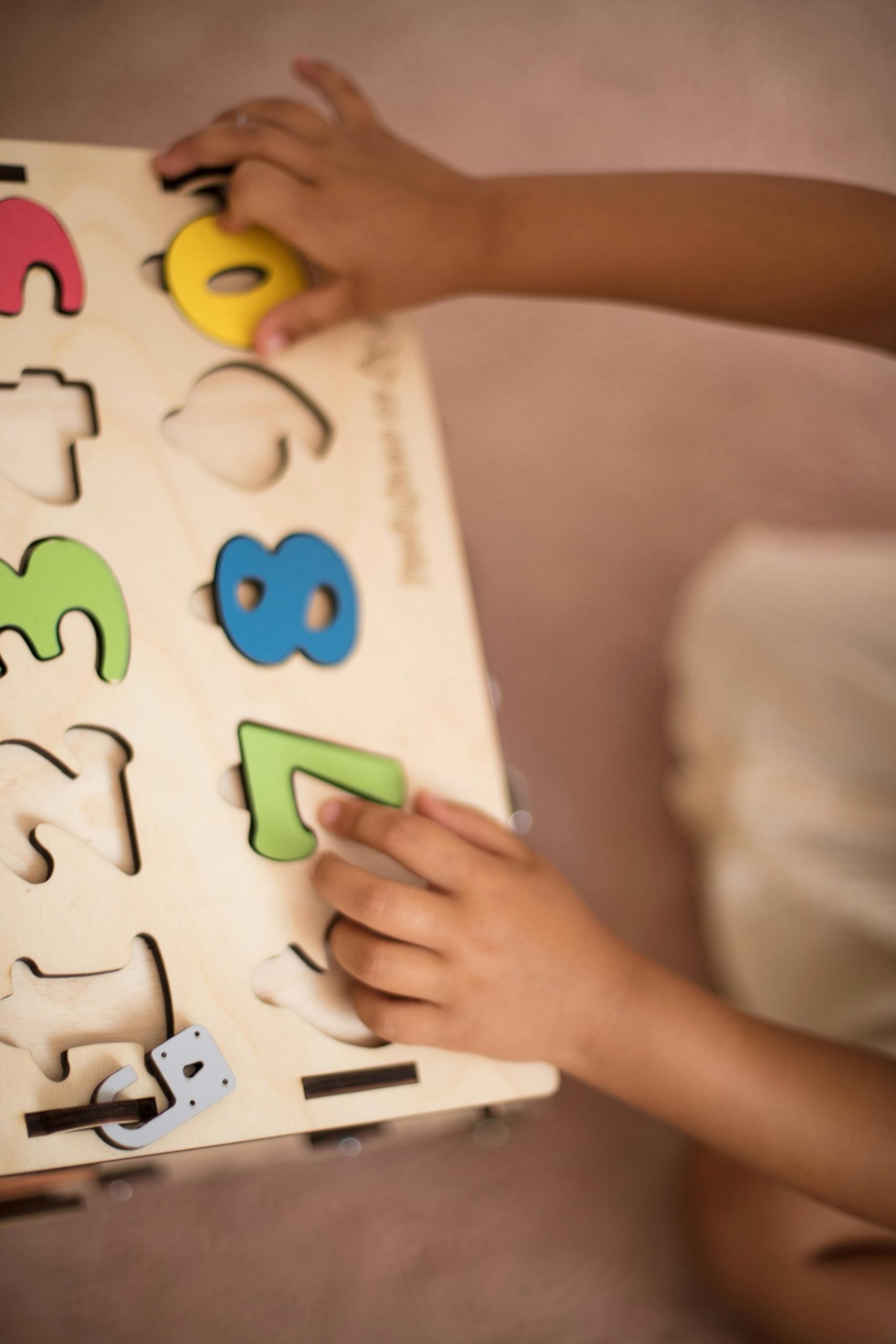
Maths is an abstract concept. To make sense of it, we must define it by what it represents and what it can achieve. We use symbols to indicate math functions, and numbers to show value. Giving ourselves those visual clues allows us to explore what we cannot see or touch.
Humans are not born with an innate understanding of maths. Without being taught, we would lack any natural 'maths sense'. However, most people have the capacity to visualise, which provides a foundation for understanding mathematical concepts.
For example, we can observe that one object is larger than another and instinctively associate size with quantity—understanding that larger often equates to 'more'. From there, it requires only a small intuitive leap to recognise that smaller corresponds to 'less', paving the way for more complex mathematical reasoning.
This understanding is our first challenge in maths education. Nothing proves that five is bigger (more) than two just by looking at the written numbers. Somehow, we must internalise those values, and relate them to the symbols that represent them. These are tough concepts for every child to master but, for learners lacking numbers sense, such tasks are crippling.
This term represents a person's fluency and flexibility with numbers, and the sense of what numbers mean. This 'sense' gives them the ability to perform mental mathematics, look at the world, and make comparisons.
These learners have no ability to place numbers on a number line, nor can they estimate. Not having those foundational skills makes learning maths nearly impossible. Often, being unable to grasp numbers' and symbols' meanings leads to lifelong maths anxiety.
CPA Maths short-circuits that vicious cycle. During the Concrete stage, students manipulate physical objects to learn 'less' and 'more' concepts, and how to assign value. In this example, the teacher uses her fingers to demonstrate numbers in sequence.
@farmerlovesphonics #numbersense #counting #math #primaryteacher #parents #routine #alwayslearning #applaus #xgamesmode ♬ Fader - Chris Alan Lee
Progressing to the Next Phase
Once learners master that Concrete stage, the Pictorial phase begins. That means relating everything they've learned through touching objects to the symbols they see on their worksheets. After those representations are cemented, children move into the Abstract stage.
That's the stage most humans operate at, and the stage that most mathematics education revolves around. We teach students advanced maths symbols - square roots, exponents, and x- and y-axes. We expect them to accept our instruction, with no proof of what we present.
Singapore Maths techniques deliver the proof that leads to our students' understanding. For instance, teaching them how to apply Bar Models gives a visual testament to abstract ideas like fractions and proportions. But, let's not get ahead of ourselves. Let's explore CPA's phases in depth.
CPA Maths: The Concrete Stage
Perhaps a better name for this stage might have been 'The Real Stage'. This is when children test and learn basic mathematical concepts by handling real objects. During this phase, the teacher should challenge students to 'explain the math'. Verbally expressing what their physical actions represent helps to cement the learned concepts.
For example, let's examine an arithmetic worksheet problem that calls for adding sweets. First, learners must have two piles of sweets, to represent the number values the problem states.
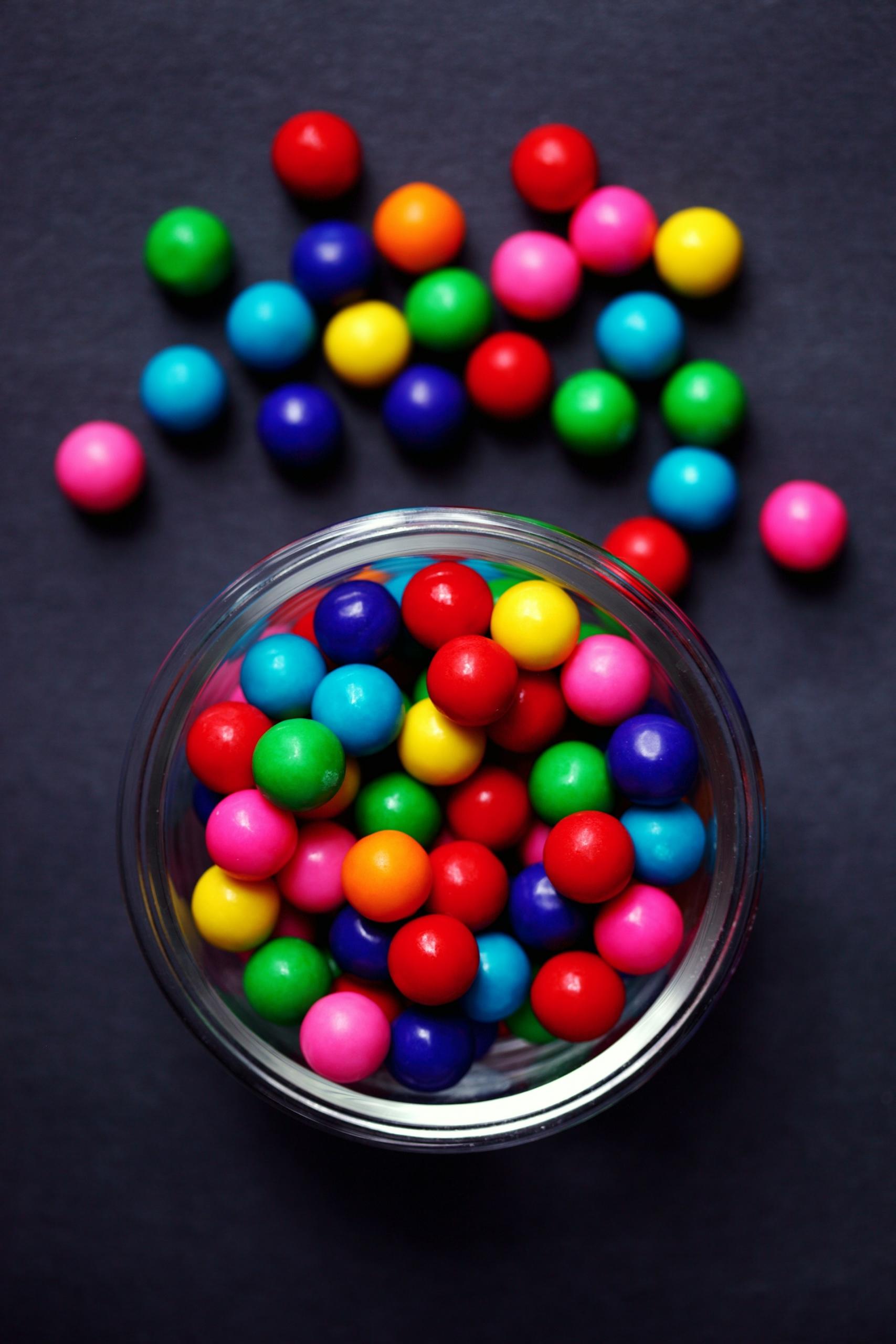
They will then solve the problem by sitting together, and counting, the sweets. Explaining the math might sound like this:
- I have four sweets.
- You give me three more sweets.
- Now I have (counting) seven sweets!
- Four sweets, plus three sweets, equals seven sweets.
From this perspective, you might say that Singapore maths is a literal exercise. The problems mathematics textbooks present come to life in the classroom. However, we mustn't assume that teachers use all the actual items pictured in their students' workbooks. Imagine how unruly a classroom might be if they added and subtracted actual puppies!
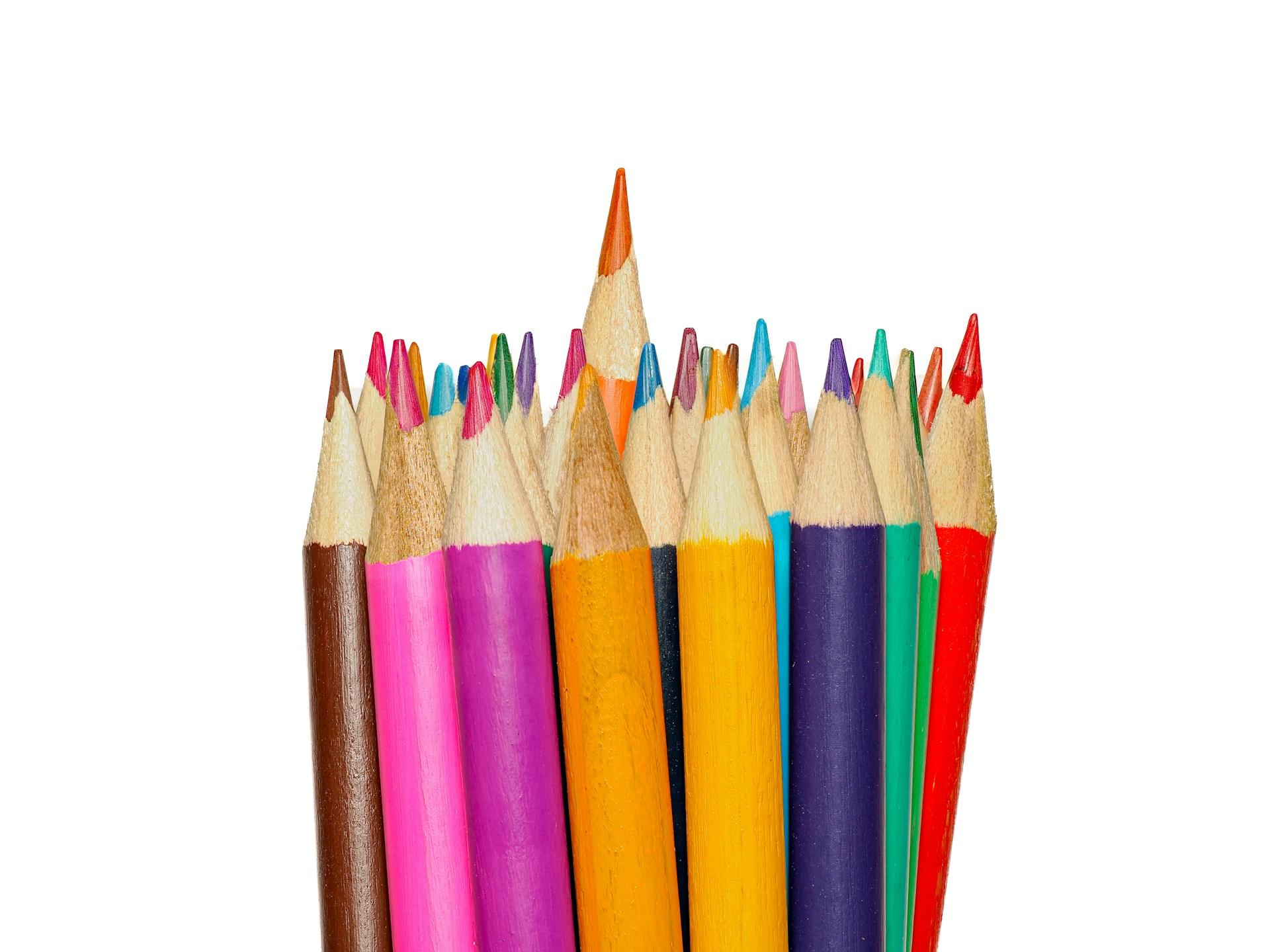
Reasonable Substitutes
Often, schools supply their teachers with blocks, paperclips, or pencils for Concrete work. These neutral items serve the purpose just as well. And, they don't cause nearly the disturbance that live puppies or a large bag of sweets might provoke. They're not quite as representative of textbooks' pictures. Still, they operate on the same principles.

The Pictorial Phase of CPA Maths

This phase is another form of information manipulation, though it's more subtle. Students will learn to convert into visuals what their hands did mechanically. During this stage, they will discover what bar models are, and how to use them.
The pictorial phase forms the bridge between physical object manipulation - the concrete stage, and 'mental' math.
This learning phase helps students embrace, exercise, and express abstract mathematical thinking. It fosters problem-solving skills, as learners must figure out how to transform concrete representations into semi-abstract visuals, such as:
number lines
- a straight line
- a visual representation
- numbers arranged by order of their value
graphs
- bar graphs
- picture graphs
- line graphs
bar models
- to identify trends and patterns
- to see relationships between data sets
Even in schools enthusiastic about the whole premise of Singapore Maths, the pictorial phase is often either too short, or overlooked. Doing so comes at a cost. Learners need that time to make mental connections between concrete action and abstract reasoning. Cutting that time short, or eliminating it altogether, risks students' loss of confidence in mathematics learning.
The CPA Approach in Maths: Abstract Stage
When the CPA approach is done right, the abstract stage begins almost automatically. The students decide they no longer need to manually or visually represent problems. They've made the connection between 'thinking' math and the real world.
Learners can now reason through mathematical exercises without prompting, and with little guidance. They can use words and symbols to express themselves mathematically. They are comfortable working with the concepts you've introduced.
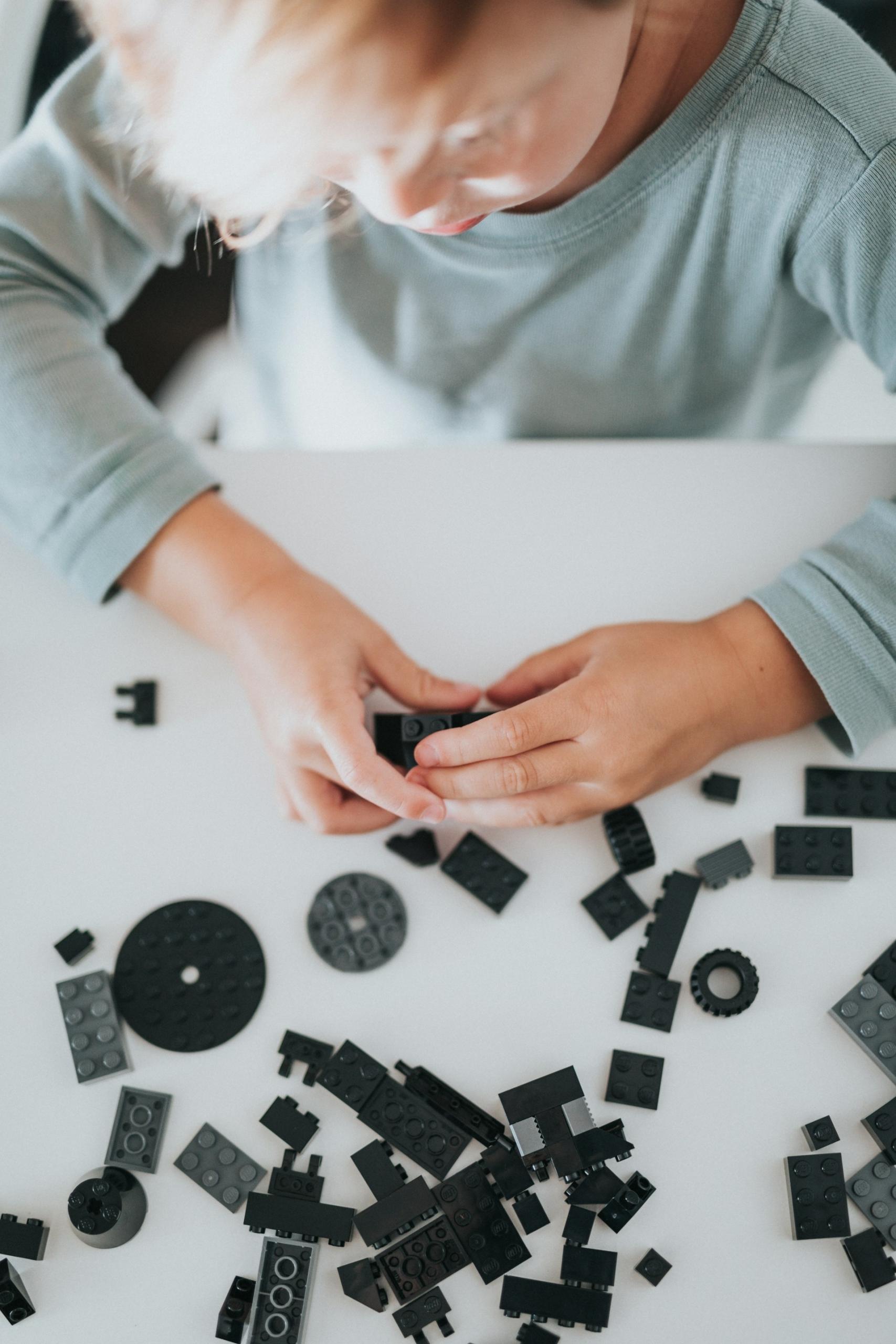
They can relate them to other mathematics concepts they know, and are ready to learn more.
How the Concrete Pictorial Abstract Approach Aids Maths Learning

Singapore Maths entails teaching fewer concepts, but going more in-depth into the ones you address. The idea behind that is not to cheat children out of mathematics learning. It's to give them time to develop the thinking and reasoning skills to master the information you present.
Taking a broader view, we see that this approach isn't only about teaching mathematics. It's about teaching the skills that permit mathematics learning - well, any learning. Getting good at maths is a high-profile testament to those skills.
What Singapore Maths represents is an assurance of student competence at every stage of mathematical education. Furthermore, it's brain training to reason and visualise abstractly. Still, we see doubt in the teaching community.
Singapore Maths is Just for the Youngest Students
In fact, teachers can - and should, apply these techniques at every stage of mathematics education. This system works just as well to master fractions, proportions, and solving for X, as it does for addition and subtraction.

My Students Are Maths Savvy
Some critics of Singapore Maths contend that only lower-ability students need blocks and other manipulatives. It's true that some students may need them for longer, but every student benefits from using them, at every stage of maths education.
How well do we know that a firm grasp of arithmetic doesn't translate into intuitive knowledge of algebra? This technique reinforces the critical thinking and problem-solving skills that underpin maths mastery. It helps learners visualise - and get hands-on, with each new aspect of your maths curriculum.
Good for you, having smart students! Even better for you, and for them, to reinforce the smarts they have, by giving them the tools and time to broaden their skills.
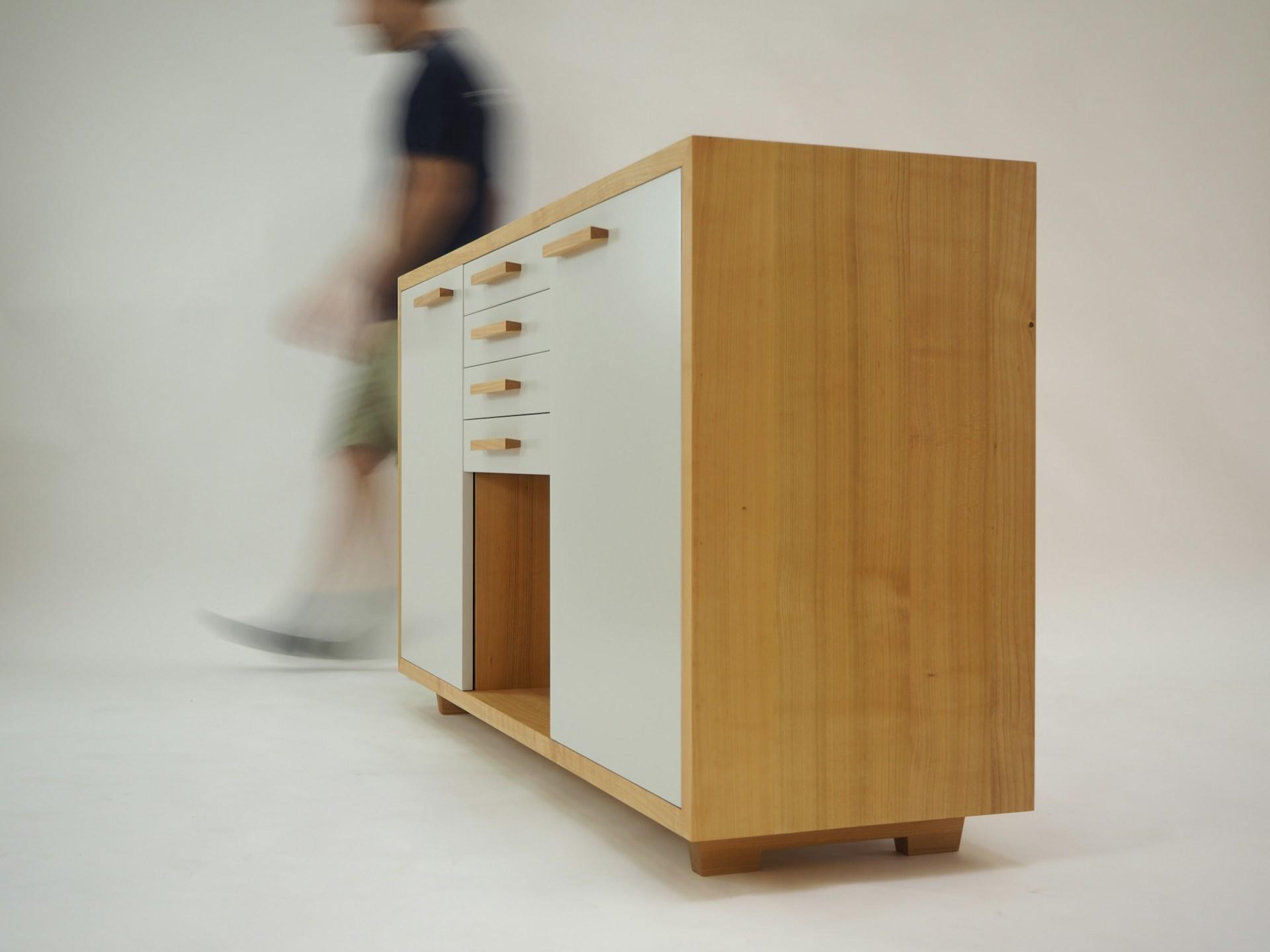
Singapore Maths is a Three-Step Process
Many who are new to this technique assume that they must first instil concrete learning, then pictorial, and then abstract. That's not the case. This teaching technique presents three phases, not three steps.
You might think of it like putting flat-pack furniture together. Your new dresser comes with all the required pieces, a diagram booklet, and written instructions. Typically, one doesn't try to assemble the pieces, then look at the diagrams, and then read the instructions.
Just like assembling this type of furniture, everything happens at the same time when applying Singapore Maths techniques. One must read a part of the instructions, and handle the right parts while referring to the corresponding diagram, at every stage.
Finally, we mustn't assume that, because one puts together one piece of flat-pack furniture, they know how to put every piece together. So, with each new build, another round of manipulation, image study, and reading ensues.















